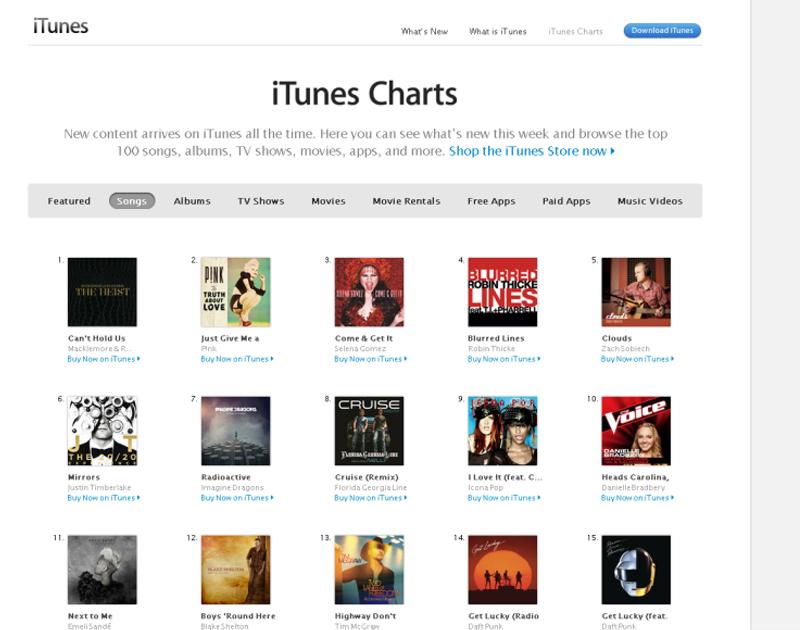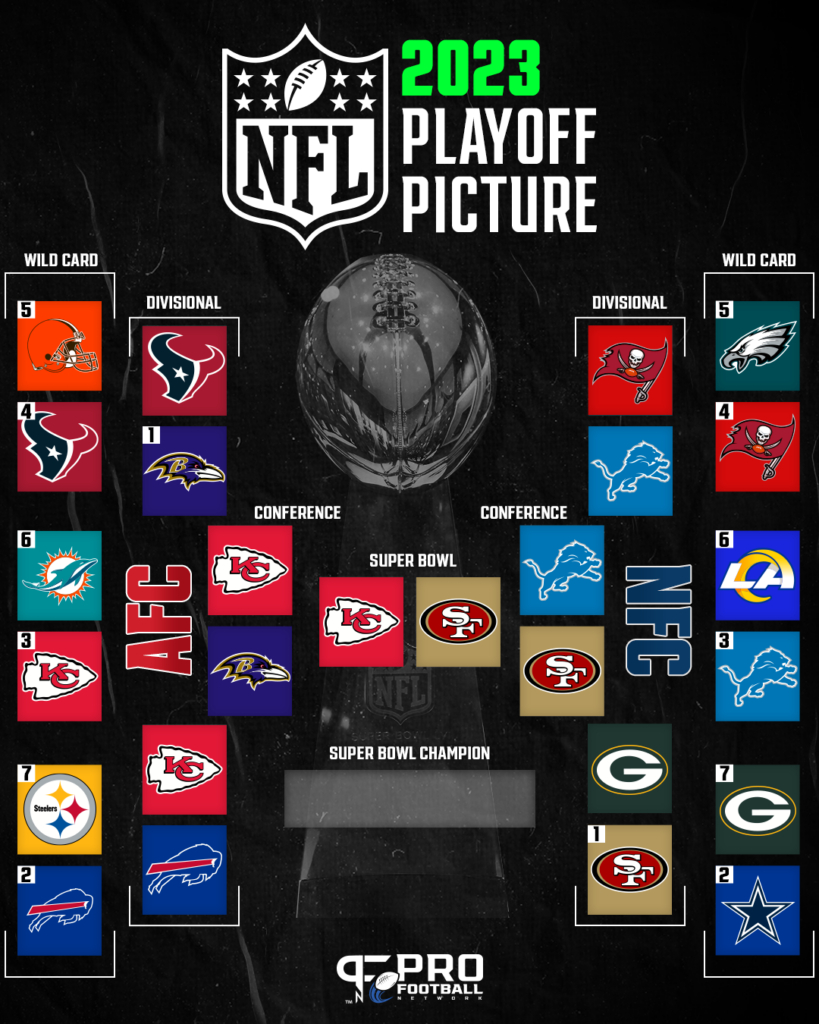
Upon my introduction to Spotify, the infamous commercial streaming music service, I was delighted to find free access to the Billboard Top 100 playlist. With songs from Justin Timberlake, Macklemore and many others, I could already envision a summer full of musical satisfaction. With no access to a car, and therefore a radio, I had not been particularly enlightened on the current status of the most modern music of today.
As I put my earphones in, tuned into the world of Spotify, and tuned out everything else, I sat down prepared to become well versed on everyone’s new favorite hits. The first few songs were enjoyable- known artists and feel-good songs were exactly what I needed to keep listening. But after the tenth song or so, I began to notice an annoying pattern- most of these songs were almost exactly the same.
An artist would start the song with a casual verse about women, parties, or the feeling of an infinite youth, and about one minute into the song some known DJ would mix a loud electronic dance beat for the chorus. The more creative artists might even bring in a rapper for the second verse to mix things up a bit. Yet the songs were all the same, and the songs became almost formulaic in their structure. Popular artist singing about a common topic, beat build up, techno dance chorus which repeats at least four times throughout the song, and another heartfelt verse, if that.
Even artists whom I was familiar with prior to my exposure to Spotify were plugging their talent into the Billboard Top 100 formula. From pop-rock bands like Fall Out Boy to Disney artists like Demi Lovato, the pattern in visible. Rather than focusing on endorsing their individual genre of music, artists have succumbed to selling out, leaning towards singing songs that have been forecasted to chart.
“Visualizing a Hit,” a recent study conducted by two Rutgers master’s degree candidates revealed that songs are getting increasingly longer, louder, dance-heavy and more energetic, significantly raising their beats per minute in order to chart. According to their study, music has been compressed in its dynamic range at the loudest end of the loud spectrum over the past decade. What makes a song sell, therefore, is the fame of the artists, and the upbeat and party-like tempo that artist sells.
After what seemed like a large music pick in this play list, I was heavily disappointed to find that, in fact, these songs were far too similar for me to consider this a variety of songs to choose from. When I listen to music, especially in the summer, I choose songs according to my mood. If I am in a popsicle, beach party kind of mood, dance music is perfect. But for those moods when the sun sets and I want to mellow out for the night, I prefer quiet, calming music, and this was not something I found often enough in the playlist which supposedly encapsulated the most popular of music in modern day society.
A random selection of 25 songs through shuffle from the Billboard playlist produced a majority of the songs with a dance-genre influence, and they contained a hooking-up and youth-partying theme in the lyrics. Aside from the sparse number of country songs that came up, the main instrument in most if not all of these randomly selected songs featured a synthesizer as the lead, and repeated the title of the song numerous times throughout the chorus.
When I reached song number 30 on the charts, I wondered what happened to the days of variety, individuality and expression through music. Many people, myself included, find themselves through music. Lyrics fill the mind with possibilities, instruments provide life for these lyrics, and artists showcase their talent, all in a four-minute clip of creativity. When two of these 3 characteristics have been stripped away for a techno back-beat and an auto-tuned repetition of thoughts about parties, there leaves no room for genres or individuality.
While I am not particularly fond of the country genre, I find comfort in the sincerity and genuine artistry in the songs on its top 100 chart. The authenticity of the emotion in the lyrics, the pure guitar or piano and the actual voices of the artists were refreshing and different. Despite the fact that I would never consider myself a country fan, I was relieved from the sound of transformers in a brawl for a solid 3 minutes, and for that I was grateful.
Though I appreciate this new genre of up-beat metallic auto-tune at times, I would like to see some variety within each song. Not a rap verse here, or a piano solo there, but frank substance and individuality.
Beloved artists shouldn’t have to sell out their music for a genre that supposedly pleases the public. Teenagers should be exposed to music which consists of actual thinking in the lyrics, actual talent in the instrumental, and actual realistic topics unrelated to an infinite youth, a drug/alcohol problem, or an artist’s tendency to exploit women. And music listeners around the world should encourage their favorite artists to dip their feet in a different genre for once.
By Hagar Gov-Ari












































































